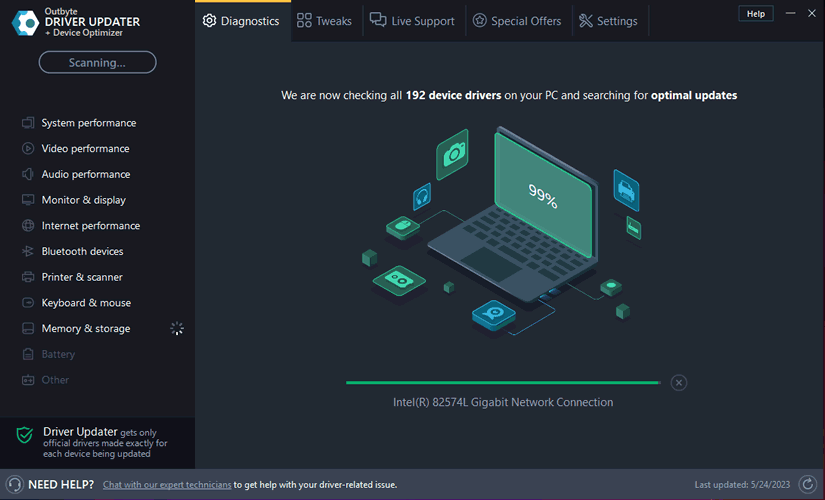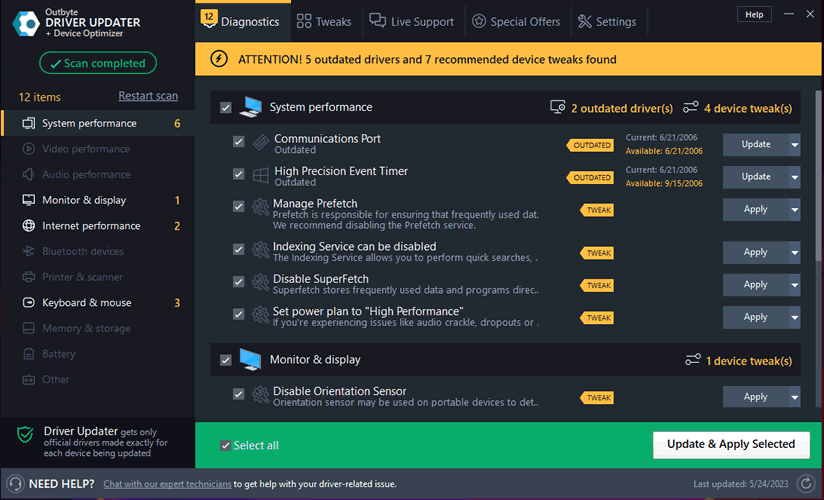Epson Drivers
by Epson America, Inc.Epson is one of the largest printer manufacturers in the world. The company is owned by the Seiko Group, and was formed in 1942 in Nagano, Japan, where its headquarters are still located today. Epson originally started as a manufacturer of watches, for which parent company Seiko is still known. In the 1960s, Epson entered the printing business and began to manufacture printers. The company would go on to become one of the largest printer companies in the world, competing with other major companies such as HP, Lexmark, and Ricoh. Epson is also very well known for other types of electronics such as scanners and home theater projectors. Some of the most popular Epson printers today are the Expression Home XP-340 All-in-One, the Expression Home XP-440 Small-in-One, and the Sylus C88+ Inkjet printer. Some popular projectors are the Epson Home Cinema 660 3LCD or the Home Cinema 1060 1080p 3LCD projector.
Find Epson Device Drivers by Model
Popular Epson Device Categories
Featured Epson Downloads
Popular Epson Hardware IDs
Update Epson Device Drivers Manually
To get the latest driver, including Windows 11 drivers, you can choose from the above list of most popular Epson downloads. Click the "Download driver" button next to the matching model name. After you complete your download, move on to Step 2.
If your driver is not listed and you know the model name or number of your Epson device, you can use it to search our driver archive for your Epson device model. Simply type the model name and/or number into the search box and click the Search button. You may see different versions in the results. Choose the best match for your PC and operating system.
If you don't know the model name or number, you can start to narrow your search down by choosing which category of Epson device you have (such as Printer, Scanner, Video, Network, etc.). Start by selecting the correct category from our list of Epson Device Drivers by Category above.
Epson updates their drivers regularly. To get the latest Windows 11 driver, you may need to go to the Epson website to find the driver for to your specific Windows version and device model.
Once you download your new driver, then you need to install it. To install a driver in Windows, you will need to use a built-in utility called Device Manager. It allows you to see all of the devices recognized by your system, and the drivers associated with them.
In most cases, you will need to reboot your computer in order for the driver update to take effect.
Tech Tip: Driver downloads and updates come in a variety of file formats with different file extensions. For example, you may have downloaded an EXE, INF, ZIP, or SYS file. Each file type has a slighty different installation procedure to follow. For more help, visit our Driver Support Page for step-by-step videos on how to install drivers for every file type.
Update Drivers Automatically

When the scan is complete, the driver update utility will display a results page showing which drivers are missing or out-of-date. You can update individual drivers, or all of the necessary drivers with one click.

With automatic driver updates, you will save time and find the right drivers quickly and easily.